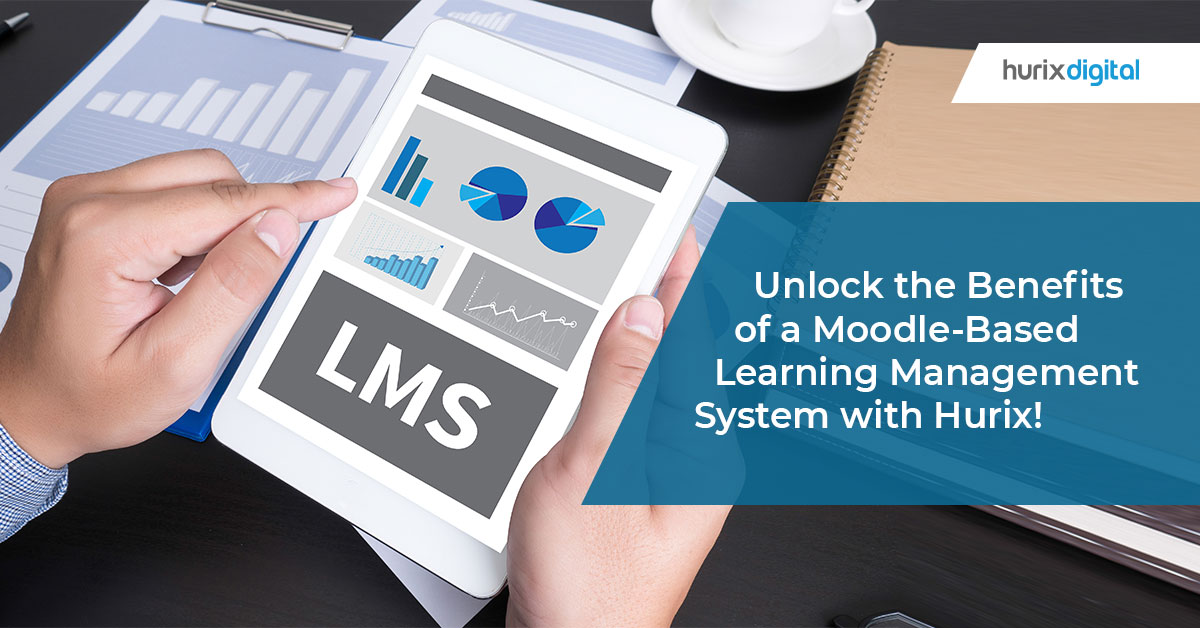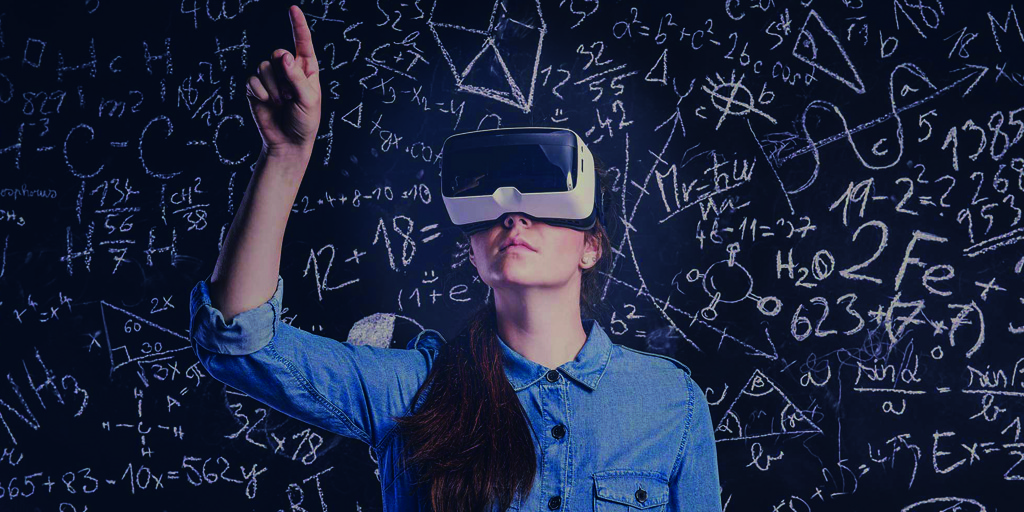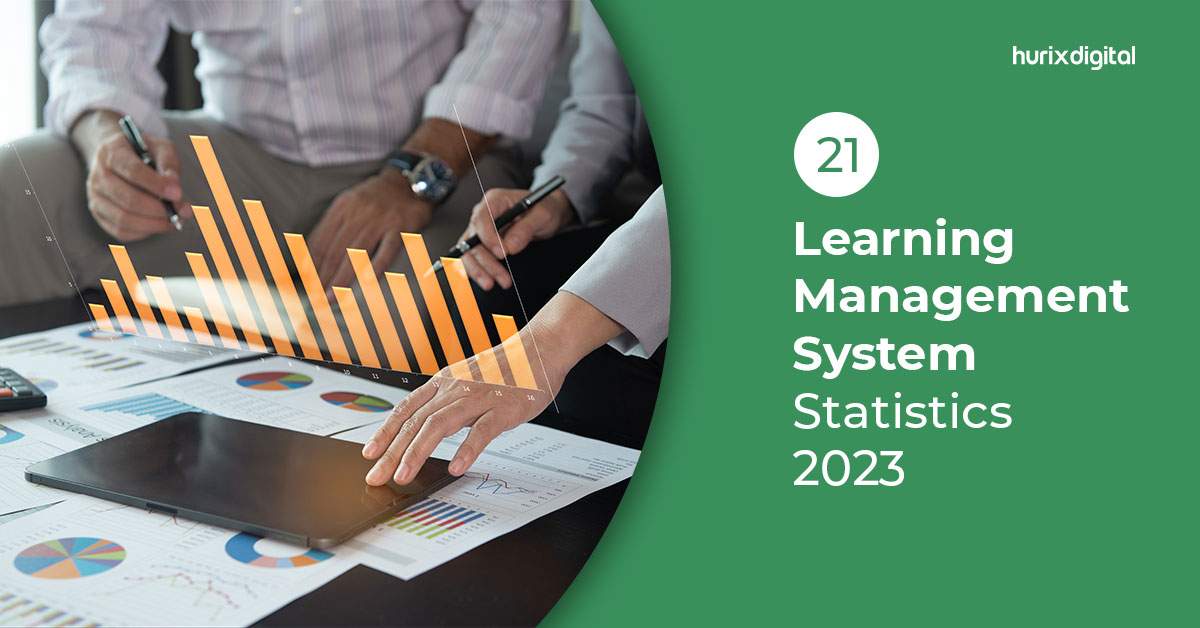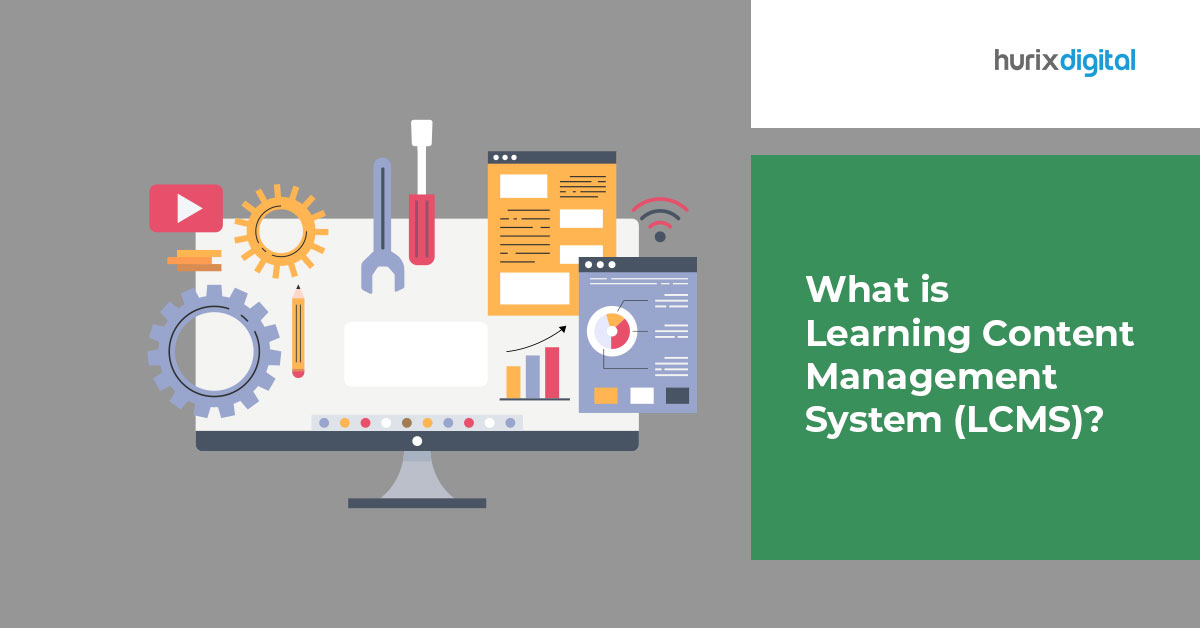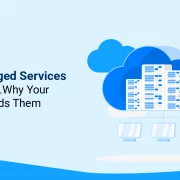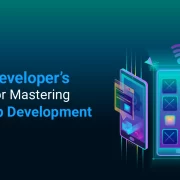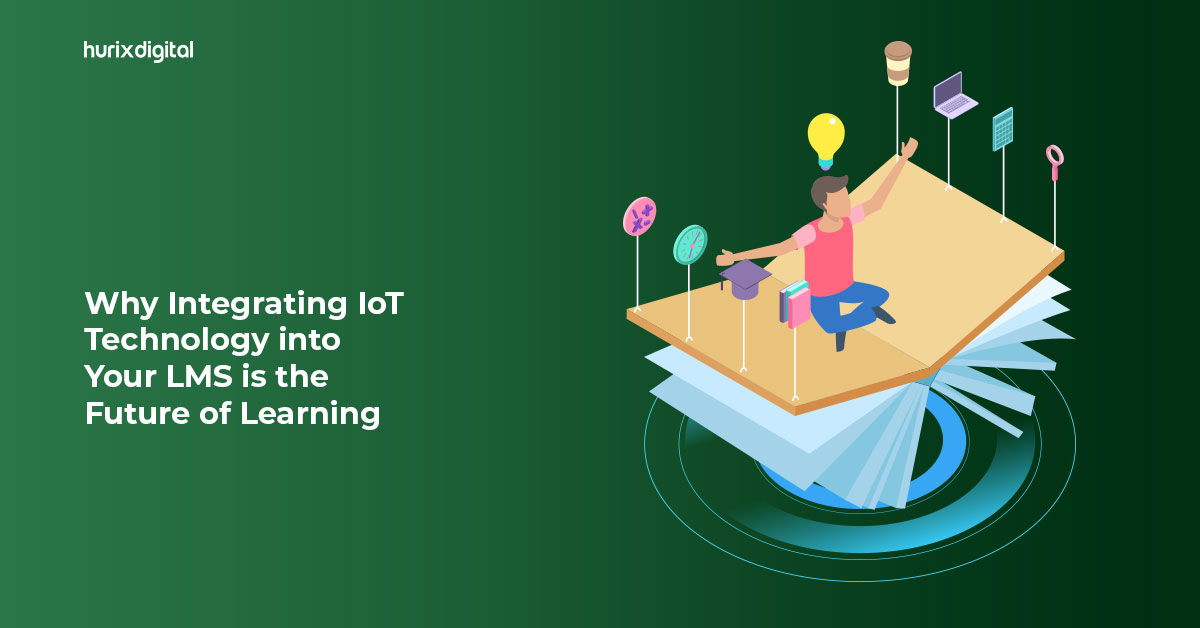
Why Integrating IoT Technology into Your LMS is the Future of Learning
Summary
Discover how integrating IoT technology into your Learning Management System (LMS) can enhance learning experiences, personalization, and data-driven insights.
An LMS that has the ability to use advanced technology to deliver a personalized, automated, and adaptive learning experience is a Smart LMS. Any regular web-based LMS or LMS mobile app can be taken to the next level by integrating it with IoT technology.
Increasing demand for flexible, personalized, and efficient learning experiences in today’s digital age has created a need for interactive Smart Learning Environment (SLE) systems based on new IoT technologies.
Table of Contents:
- Eight Reasons Why IoT in LMS is the Future of Learning
- Three IoT technologies to deliver the smart LMS
- Conclusion
Eight Reasons Why IoT in LMS is the Future of Learning
Integrating IoT (Internet of Things) technology into Learning Management Systems (LMS) has the potential to revolutionize the future of learning. Here are some reasons why:
- Real-time Data and Analytics: IoT-enabled devices can collect and transmit data in real time. By integrating IoT technology into an LMS, educational institutions can gather valuable insights into student behavior, engagement, and performance. This data can be used to personalize learning experiences, identify areas for improvement, and provide timely interventions to support student success.
- Personalized and Adaptive Learning: IoT can enable personalized and adaptive learning experiences by collecting data on individual students’ preferences, learning styles, and progress. By integrating this data into the LMS, educational content and resources can be dynamically tailored to each student’s needs, providing a more effective and engaging learning experience.
- Smart Classrooms: IoT devices such as smart boards, sensors, and wearable devices can transform traditional classrooms into smart learning environments. These devices can interact with the LMS to automate administrative tasks, monitor student attendance, track learning progress, and provide real-time feedback. Smart classrooms equipped with IoT technology can enhance collaboration, interactivity, and overall learning outcomes.
- Seamless Access and Connectivity: IoT devices can enable seamless connectivity and access to educational resources. For example, students can use their IoT-enabled devices, such as smartphones or tablets, to access course materials, participate in virtual classrooms, and interact with online learning platforms. This flexibility and convenience promote anytime, anywhere learning, breaking down barriers of time and location.
- Experiential and Immersive Learning: IoT technology can facilitate immersive and experiential learning experiences. For instance, augmented reality (AR) and virtual reality (VR) devices can be integrated with the LMS to provide simulated environments and interactive content, enabling students to explore complex concepts, engage in hands-on activities, and develop practical skills.
- Collaboration and Remote Learning: IoT-enabled devices can foster collaboration among students and educators, even in remote or distributed learning settings. By integrating IoT technology into the LMS, students can collaborate on projects, share resources, and communicate seamlessly with peers and instructors. This enhances social learning, teamwork, and knowledge sharing.
- Enhanced Safety and Security: IoT devices can contribute to a safer learning environment. For example, connected sensors can monitor classroom conditions, detect hazards, and ensure the safety of students. In emergency situations, IoT-enabled systems can facilitate prompt communication and response, ensuring the well-being of students and staff.
- Continuous Learning and Feedback: IoT technology can enable continuous learning and feedback loops. By tracking student progress, collecting data on learning activities, and providing real-time feedback, the LMS can support students in their ongoing learning journey. Adaptive assessments and personalized recommendations based on IoT data can help students identify areas for improvement and guide their learning paths.
In summary, integrating IoT technology into Learning Management Systems offers numerous advantages, including real-time data insights, personalized learning experiences, smart classrooms, seamless connectivity, experiential learning, collaboration, enhanced safety, and continuous feedback. By embracing the potential of IoT, educational institutions can create a future of learning that is dynamic, engaging, and tailored to the needs of individual learners.
Three IoT technologies to deliver the smart LMS
- Virtual Reality (VR) and Augmented Reality (AR): VR and AR can be implemented in LMS to achieve simulation-based learning, interactive and engaging content like 3D objects, deliver a personalized learning experience, establish remote and collaborative learning, especially for language learners, and performance tracking and analytics.
- Smartboards: An interactive whiteboard can highly engage learners and save training and support costs. Features like write, erase, and an on-screen keyboard will help save the instructor time and make learning fun for the kids.
- Wearable devices: This technology can be implemented mainly to send notifications, reminders, and updates of courses, tests, assignments, and classes. It can be useful to collect personalized data and create an analysis based on this data.
All of the above mentioned technologies can also be useful in implementing an advanced Authoring tool to create and authorize e-learning content.
The use of IoT technologies in LMS can help to create more personalized and efficient learning experiences, while also improving the management of educational resources.
Integrating IoT technology into Learning Management Systems (LMS) is the future of learning, providing innovative solutions that enhance the educational experience. Several top LMS platforms and providers offer comprehensive LMS services and solutions that incorporate IoT capabilities. These platforms, recognized as the best in the industry, understand the significance of AR and VR integration in LMS to create immersive and engaging learning environments.
By integrating AR and VR technology into the LMS, students can experience interactive and experiential learning. The LMS solution facilitates the seamless integration of AR and VR, allowing educators to incorporate augmented and virtual reality experiences into their lessons. These technologies enable students to explore complex concepts through simulated environments, hands-on activities, and interactive content, enhancing their understanding and retention.
Furthermore, smartboard software and apps are instrumental in enabling smartboards in classrooms. With the integration of IoT, these smartboards can connect to the LMS, providing teachers with advanced teaching tools and capabilities. Teachers can access digital resources, interactive presentations, and collaborate with students using smartboards. This integration fosters dynamic and interactive classroom experiences, improving student engagement and learning outcomes.
When considering LMS providers, it is essential to choose top LMS platforms known for their robust features, user-friendly interfaces, and comprehensive support. These platforms offer a range of LMS services, including IoT integration, AR and VR capabilities, and smartboard compatibility. By selecting the best LMS platforms, educational institutions can harness the power of IoT technology and provide a cutting-edge learning experience for their students.
Conclusion
In conclusion, the integration of IoT technology into LMS solutions, including AR and VR capabilities and smartboard compatibility, transforms the learning landscape. With top LMS platforms and providers, educational institutions can embrace the potential of IoT and deliver enhanced learning experiences that are engaging, interactive, and tailored to the needs of modern learners.
Our experienced team can help you develop a Smart LMS to provide all learners with a unique, advanced, and personalized experience. Contact us or drop a mail to marketing@hurix.com for more information.
Also Read – What is Learning Content Management System (LCMS)?

SVP & Head – Hurix Technology Solutions
Global Delivery head with 25 years of working experience in NYC investment banks and fintech companies. Hands-on technology delivery management and program management, accountable for stakeholder relationships, Strategic roadmap, P&L, Revenue growth, Account Management, and employee satisfaction.
